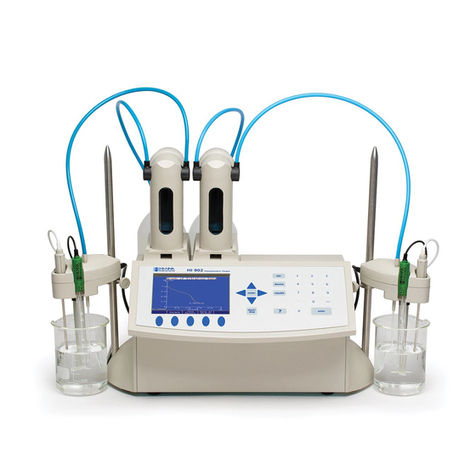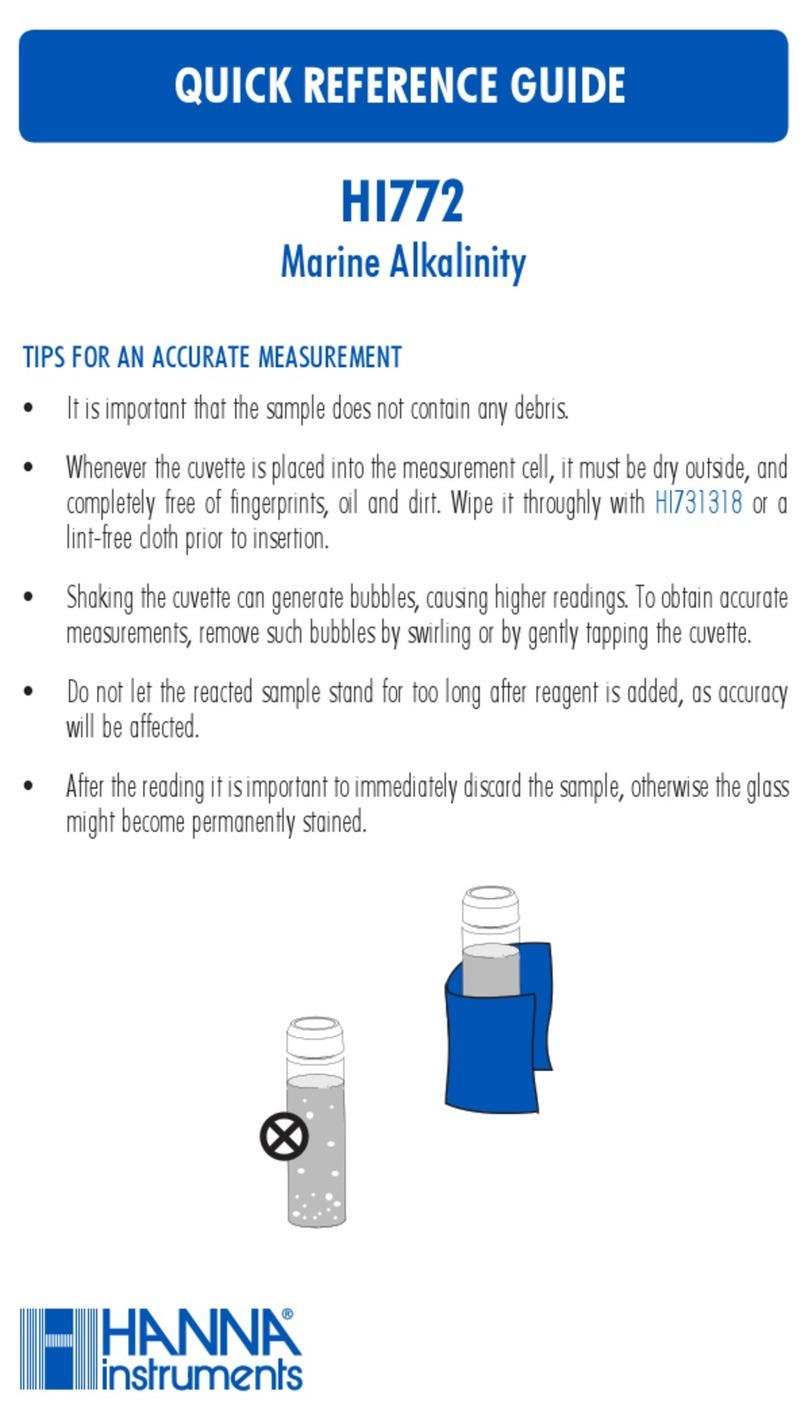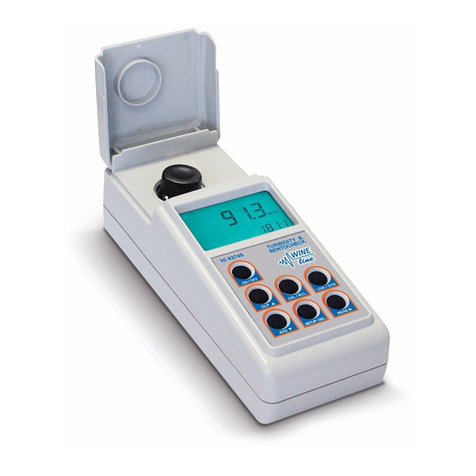Hanna Instruments HI 38075 User manual
Other Hanna Instruments Test Equipment manuals
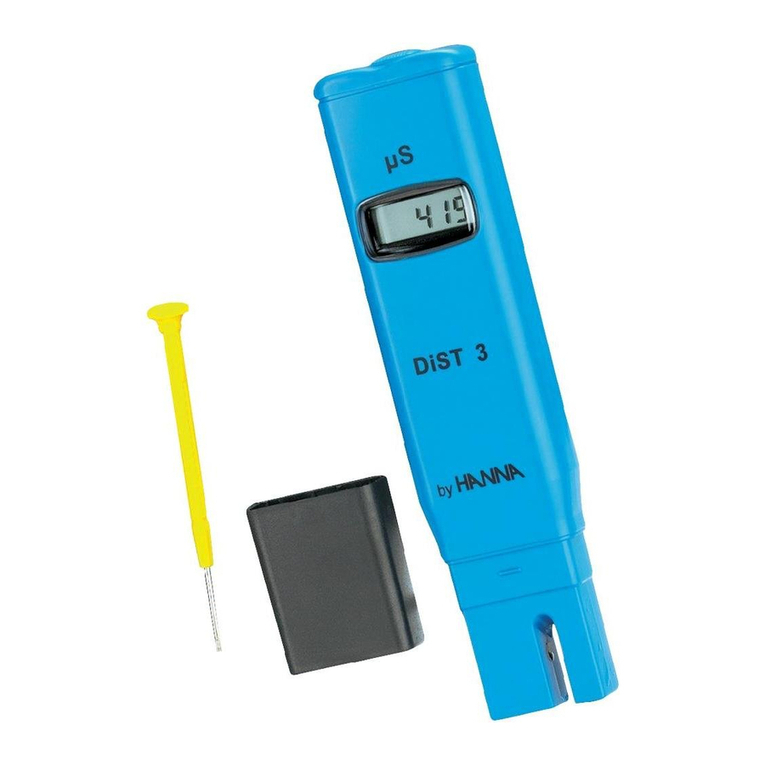
Hanna Instruments
Hanna Instruments DiST 3 User manual
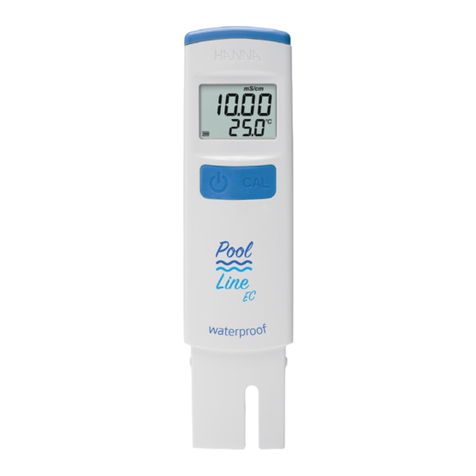
Hanna Instruments
Hanna Instruments Pool Line HI983044 User manual
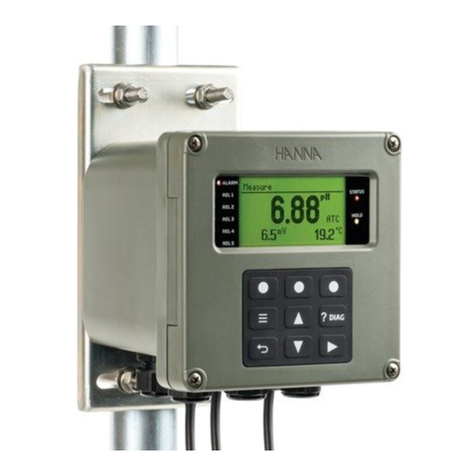
Hanna Instruments
Hanna Instruments HI510 User manual
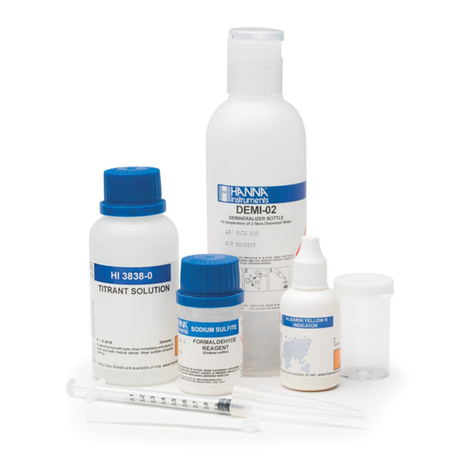
Hanna Instruments
Hanna Instruments DEMI-02 User manual
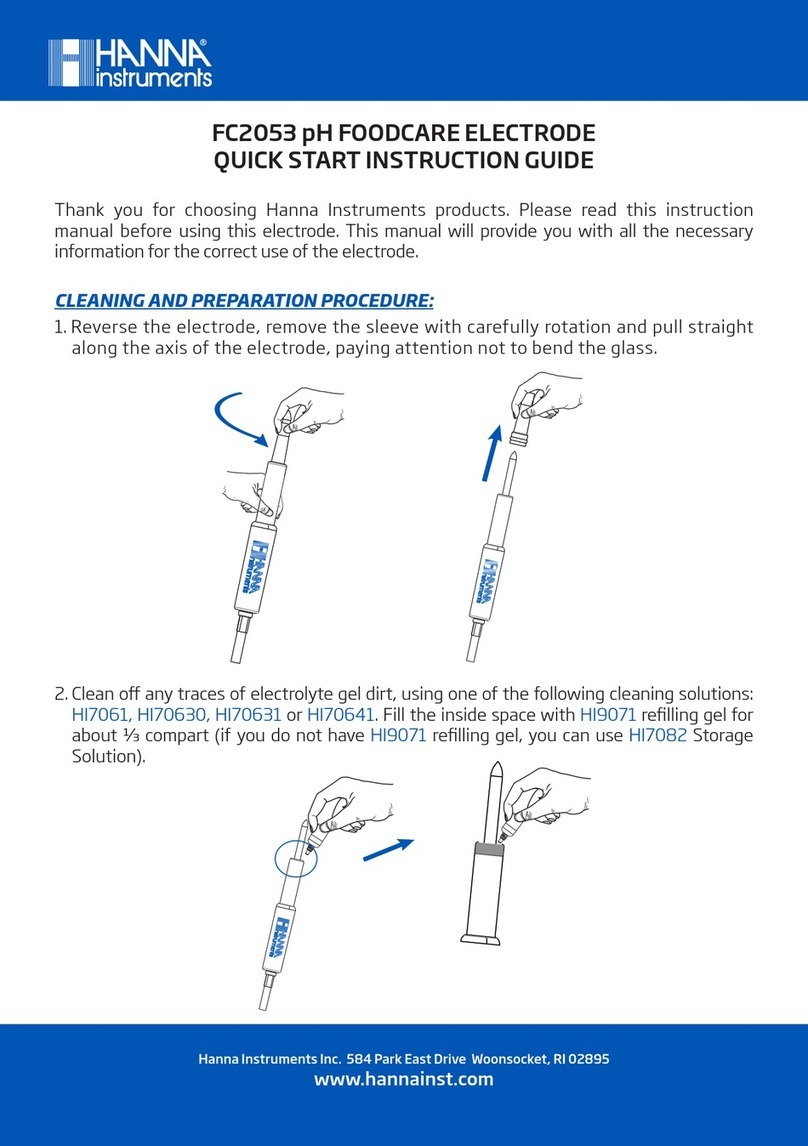
Hanna Instruments
Hanna Instruments FC2053 User manual
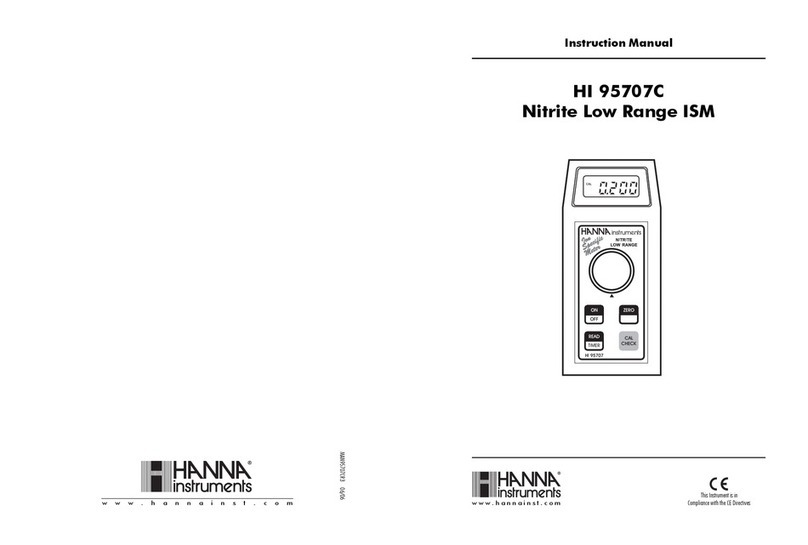
Hanna Instruments
Hanna Instruments HI 95707C User manual
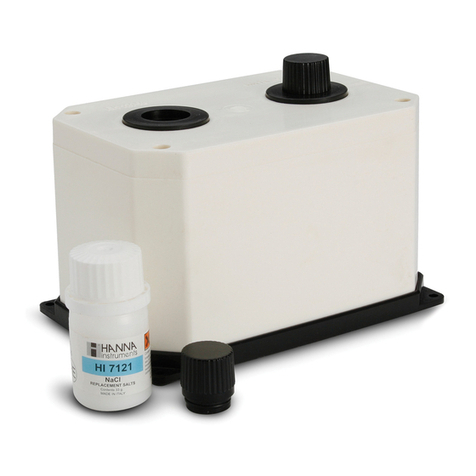
Hanna Instruments
Hanna Instruments HI 7101 User manual
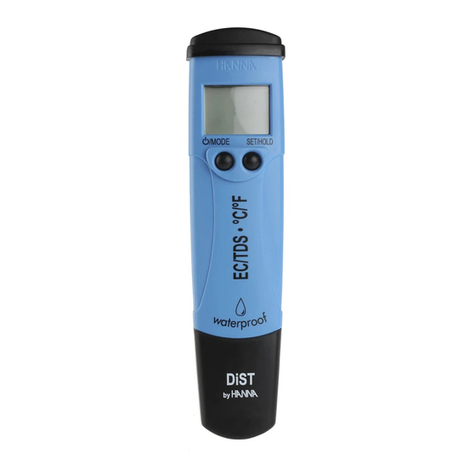
Hanna Instruments
Hanna Instruments HI 98311 User manual
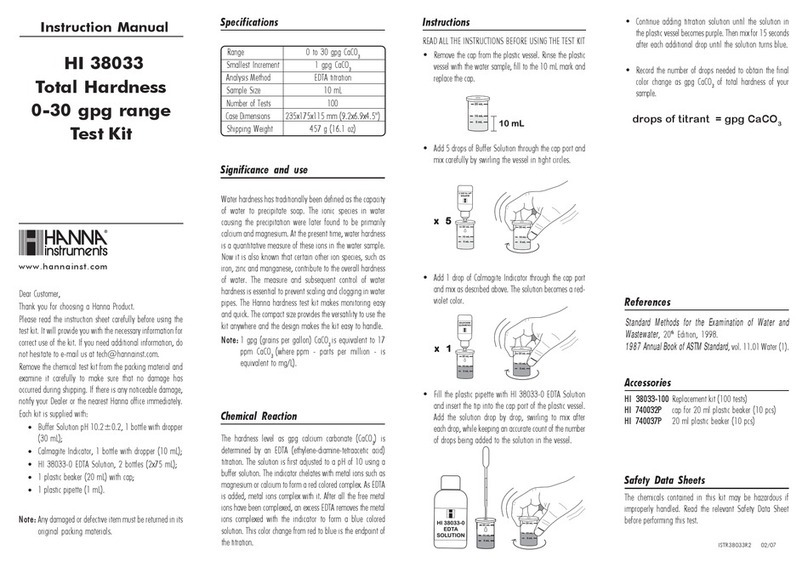
Hanna Instruments
Hanna Instruments HI 38033 User manual

Hanna Instruments
Hanna Instruments HI 98129 User manual

Hanna Instruments
Hanna Instruments HI 739 User manual
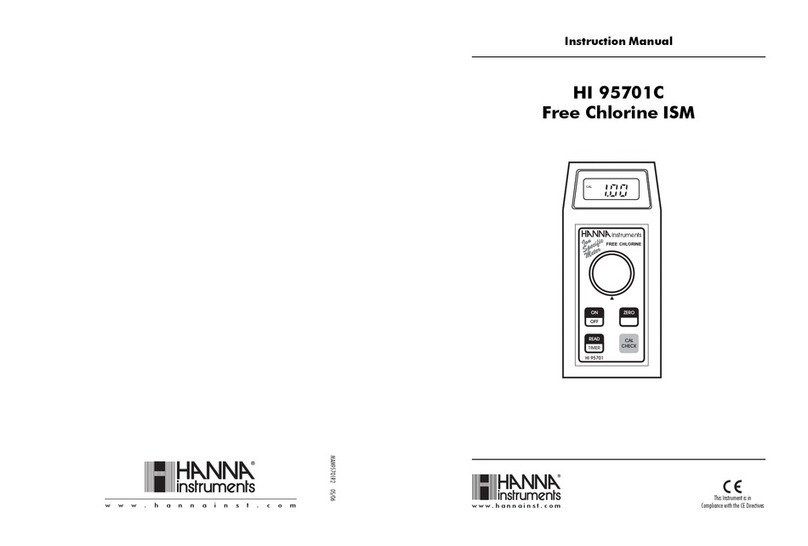
Hanna Instruments
Hanna Instruments HI 95701C User manual
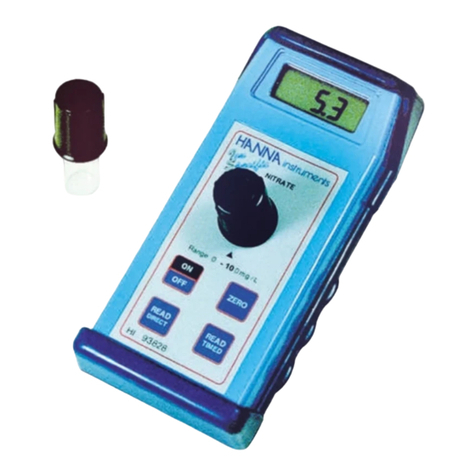
Hanna Instruments
Hanna Instruments HI 93828 User manual

Hanna Instruments
Hanna Instruments HALO2 User manual
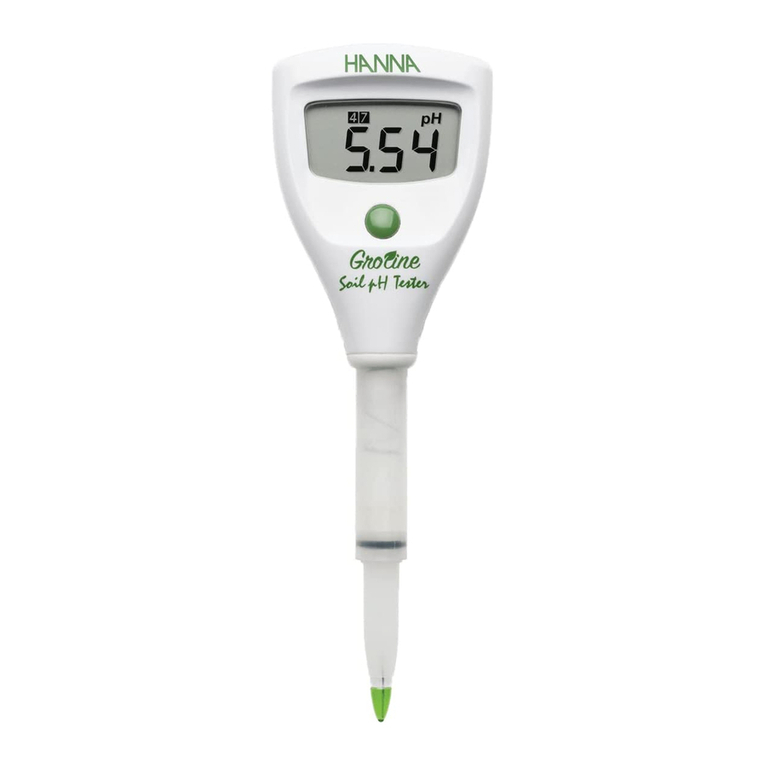
Hanna Instruments
Hanna Instruments Groline HI981030 User manual
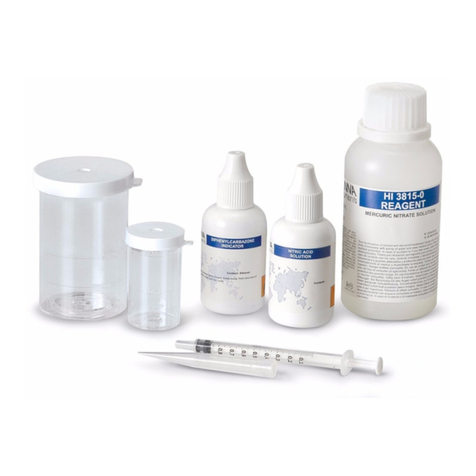
Hanna Instruments
Hanna Instruments 3815 User manual
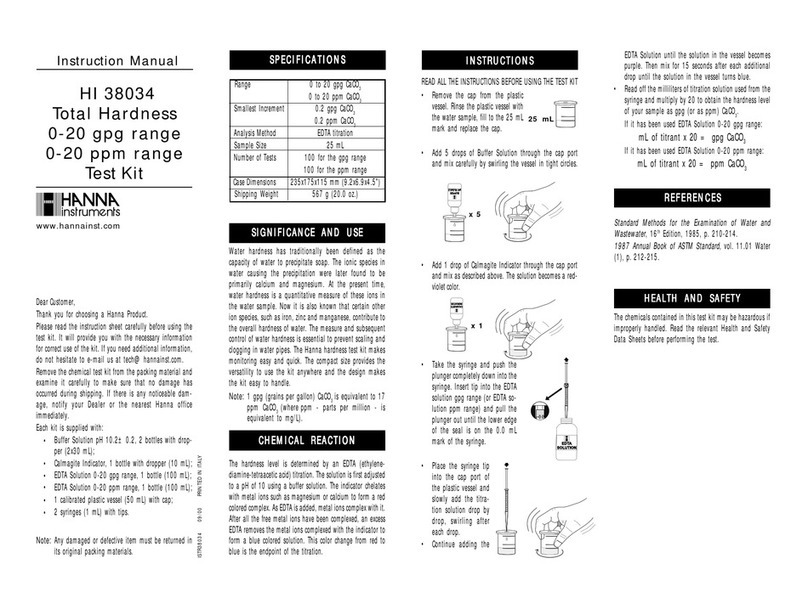
Hanna Instruments
Hanna Instruments HI 38034 User manual

Hanna Instruments
Hanna Instruments HI 99104 User manual

Hanna Instruments
Hanna Instruments HI 38078 User manual
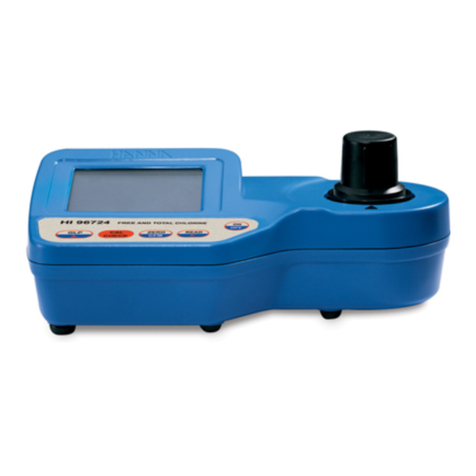
Hanna Instruments
Hanna Instruments HI 96724C User manual
Popular Test Equipment manuals by other brands

Redtech
Redtech TRAILERteck T05 user manual

Venmar
Venmar AVS Constructo 1.0 HRV user guide

Test Instrument Solutions
Test Instrument Solutions SafetyPAT operating manual

Kistler
Kistler 5495C Series instruction manual

Waygate Technologies
Waygate Technologies DM5E Basic quick start guide

StoneL
StoneL DeviceNet CK464002A manual

Seica
Seica RAPID 220 Site preparation guide

Kingfisher
Kingfisher KI7400 Series Training manual

Kurth Electronic
Kurth Electronic CCTS-03 operating manual

SMART
SMART KANAAD SBT XTREME 3G Series user manual

Agilent Technologies
Agilent Technologies BERT Serial Getting started

Agilent Technologies
Agilent Technologies N3280A user guide

